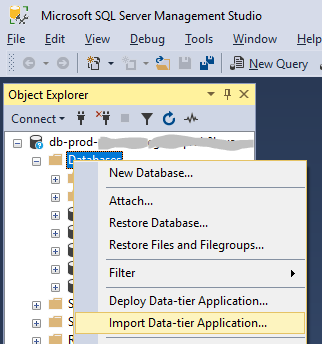March 2017 rolls around and AWS releases awesome new flexibility with reserved instances (RI). You can now split and merge RI’s as well as be automatically be pro-rated on-demand instance costs if you own a lesser RI. I also watch YouTube videos that also explain how this new flexibility works and how great it is. But in the excitement of it all I don’t realize that this new flexibility only applies to regional Linux/UNIX RIs with shared tenancy within the same instance class.
Here’s a case example:
You run an e-Commerce site that runs an m4.large instance. On January 1st 2017 you reserved a m4.large instance for one year. Come December 1st, traffic is expected to double for the Christmas season, so you scale up your instance to a m4.x-large instance type until January 1st.
If Running Linux:
Your annual savings is 38% over on-demand if you were to use m4.large during the entire 2017 year. However jumping up to m4.x-large will increase your bill by about what a m4.large instance would cost on-demand for the month of December 2017. This pro-rated charge is done automatically. There are a couple Linux OS exceptions and hourly Software charges are not calculated in this example.
If Running Windows:
Your annual savings is 20% over on-demand if you were to use m4.large during the entire 2017 year. However jumping up to a m4.x-large will increase your bill by about what a m4.x-large instance would cost on-demand for the month of December 2017. Essentially your savings now are negative due to the fact that your instance is not pro-rated with your RI. This is due to the fact that you are still paying for your reserved instance of m4.large, but it’s not being used. Then on top of that you’re paying for a m4.x-large. As an example, one year of a reserved m4.large costs $1349.04, a savings of $332.88. One month of m4.large not being used costs on average $140.16. This brings your 20% savings down to around 9%. Hourly Software charges are not calculated in this example.
Summary:
When running Linux you have fairly minimal risk involved when getting a reserved instance. However your risk goes up quite a bit reserving a Windows instance. There are a number of options to mitigate that risk level down. One option is to get a convertible RI. This allows you to exchange OS, family or tenancy. But keep in mind your big picture. For you this may only be good if you think you’ll need to move from a t2 to a m4 family. Another option is you can sell your unwanted RI on the marketplace at a reduced price. When looking at this option, consider how much savings equates to dollars and how much time you’ll need to calculate the risk, estimated savings reduction and time spent selling when selling an RI. Of course different instance types have different savings levels. In the end, it comes down to either a statistician to calculate risk vs. benefit or theories and experience.
In conclusion, I likely wouldn’t bat an eye getting either a standard or convertible RI for Linux if I largely suspected the RI would be needed for at least a year. But I would likely keep a Windows instance on-demand if there was any chance for instability unless I had enough on-demand instances to off-set the risk if one instance no longer matches an RI for a time period.
#aws, #ec2, #instance, #linux, #reserved, #windows



 I’ve taken the courses, I have practical experience, I paid the exam fee and I past the test. That makes me an “Amazon Web Services (AWS) Certified Solutions Architect – Associate”. Wow what a mouthful, but what does that mean to you?
I’ve taken the courses, I have practical experience, I paid the exam fee and I past the test. That makes me an “Amazon Web Services (AWS) Certified Solutions Architect – Associate”. Wow what a mouthful, but what does that mean to you?






 I attempted to expand a magnetic volume on a m3.large instance but found that the modify link was disabled. After a forum post, and the helpful reply from AWS, I found that previous generation magnetic volumes can not be modified while live.
I attempted to expand a magnetic volume on a m3.large instance but found that the modify link was disabled. After a forum post, and the helpful reply from AWS, I found that previous generation magnetic volumes can not be modified while live.